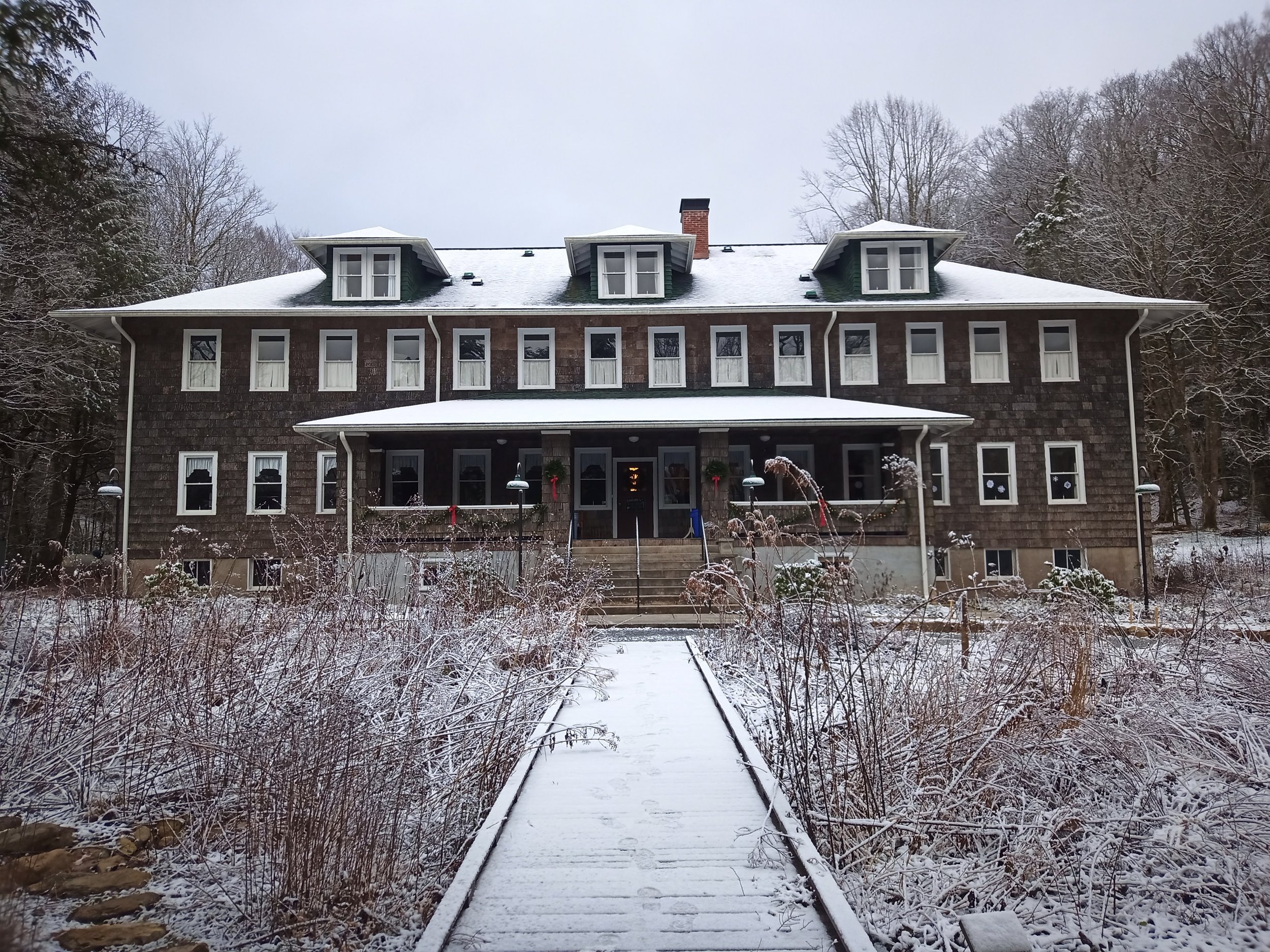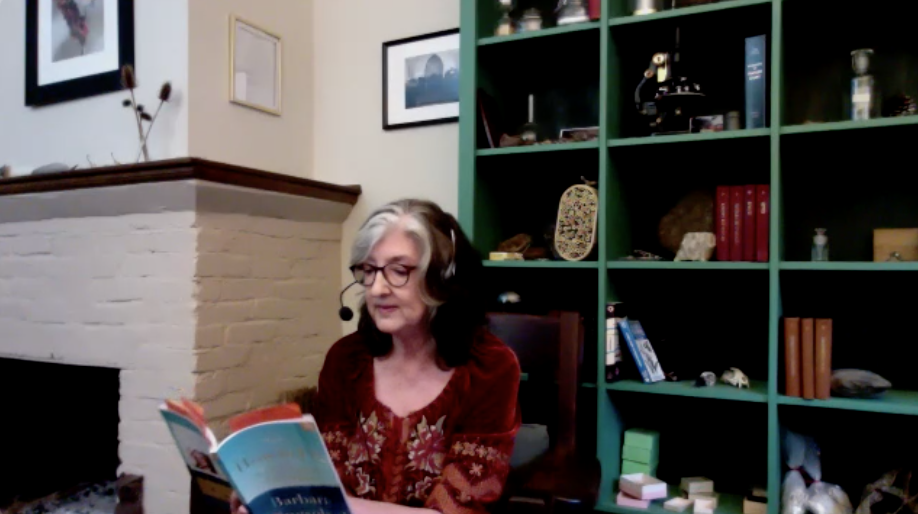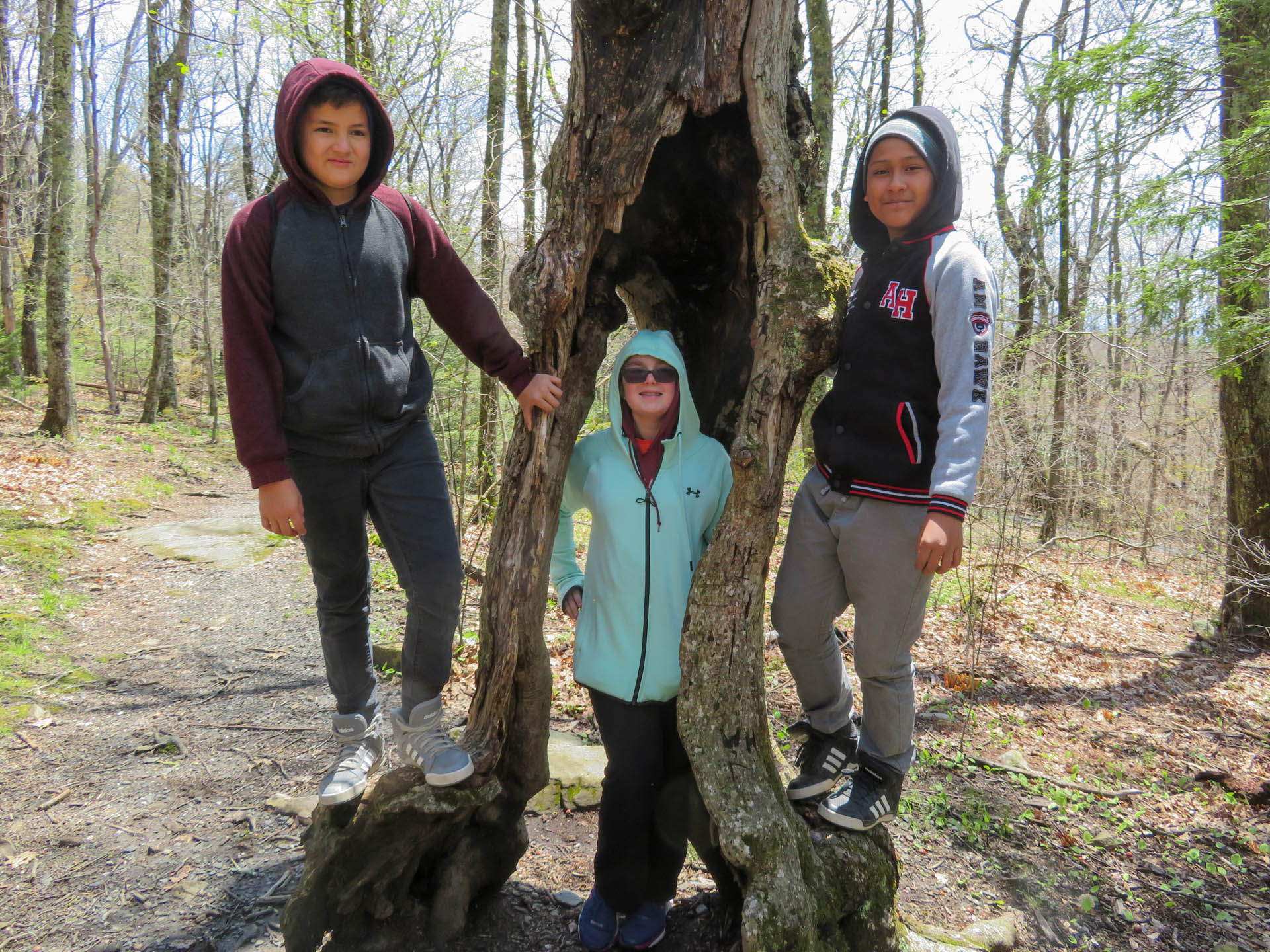

Snow Science and Winter Folklore
Winter is arriving in the Blue Ridge! Watching the snow fall is a beautiful sight to behold (if you feel prepared for it!) but for the curious, snow can spark a lot of questions.

Special Poetry Reading by Barbara Kingsolver for BRDC
Acclaimed writer and trained biologist Barbara Kingsolver settled into the Blue Ridge Discovery Center cottage to read from her forthcoming poetry book, How to Fly (In Ten Thousand Easy Lessons), for a remote, online audience of Naturalist Rally participants. This intimate setting and Kingsolver's gentle nature provides an inspiring window for anyone that takes a moment to listen.

Galax Middle Visits Grandfather Mountain
On May 6th, students from Galax Middle School took a trip up 5,946’ to the top of Grandfather Mountain in North Carolina. There they had the opportunity to learn about the various flora and fauna that inhabit the mountains’ 16 distinct ecosystems.

(June 2015) The Forest Unseen: A Year's Watch in Nature, by David George Haskell
Biologist David George Haskell uses a one-square-meter patch of old-growth Tennessee forest as a window onto the entire natural world. Visiting it almost daily for one year to trace nature's path through the seasons, he brings the forest and its inhabitants to vivid life. Beginning with simple observations--a salamander scuttling across the leaf litter, the first blossom of spring wildflowers--Haskell spins a brilliant web of biology, ecology, and poetry, explaining the science binding together ecosystems that have cycled for thousands--sometimes millions--of years.

(April 2014) 1. Hollows, Peepers, and Highlanders - An Appalachian Mountain Ecology, George Constantz
"In this revised and expanded edition of Hollows, Peepers, and Highlanders, author George Constantz, a biologist and naturalist, writes about the beauty and nature of the Appalachian landscape. While the information is scientific in nature, Constantz's accessible descriptions of the adaptation of various organisms to their environment enable the reader to enjoy learning about the Appalachian ecosystem."